Study Human Bones
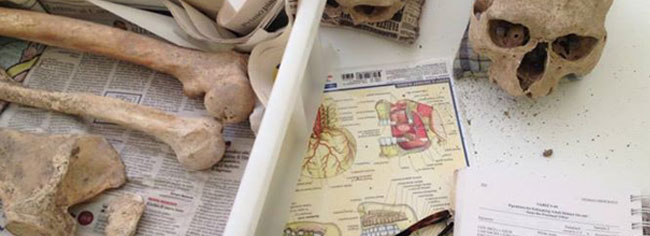
Two-week course in human osteology
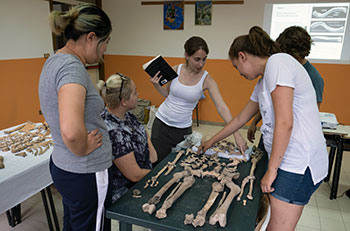
In general, days will begin with a formal lecture (1-2.5 hours) pertaining to one specific area in human osteology. Students will then apply what they have learned in practical, hands on exercises using the actual bones of the collection. Lessons will provide a comprehensive overview to human osteology, and will give a regional context by introducing local case studies. Lessons may also be combined with trips to nearby sites. Days will also typically include 45 minutes to 1.5 hours of cleaning bones to allow for further study.
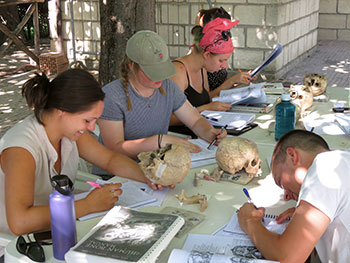
Tentative Lesson Schedule (subject to change and adjustment)
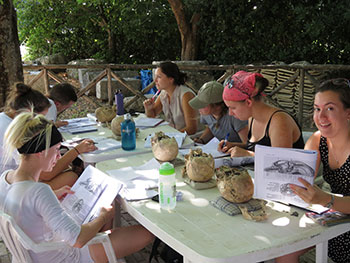
Lesson: Introduction to human osteology
Practical: full skeleton layout
Practical: Landmarks of the cranium
Day 2
Lesson: Determining Sex
Practical: Determining Sex
Practical: Landmarks of the pelvic girdle
Day 3
Lesson: Determining Age
Practical: Determining Age
Day 4
Lesson: Teeth. Identification, growth and development, dental pathology
Practical: Tooth identification
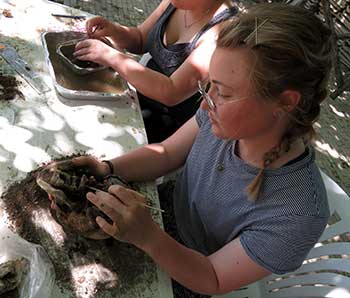
Day 5
Lesson A: Regional Applications
Practical: Landmarks of the upper limb
Practical: Review of week 1 topics
Day 6
Lesson: Paleodietary analysis: Carbon and Nitrogen isotopes; Ancient Migration and Mobility: Strontium and Oxygen isotopes
Practical: Landmarks of the lower limb
Practical: Landmarks of the Shoulder Girdle
Practical: Hands and feet
Day 7
Lesson: Palaeopathology
Practical: Pathology examples
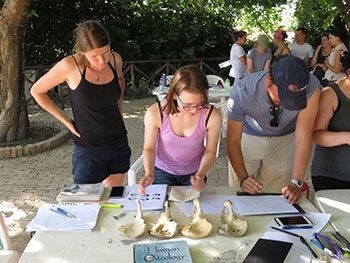
Practical: Hands and feet
Day 8
Lesson sorting commingled remains
Practical: Determining Minimum Number of Individuals from commingled remains
Day 9
Practical: Analyzing a full skeleton
Day 10
Student Presentations of biological profiles of assigned skeletons
Taking part
The next workshops will take place from July 29th to August 9th (at Aeclanum) and from the 19th to the 30th of August (at Pollena), each at the cost of 650 EUR. To apply, please go to this page.
The final deadline for applications is June 20th and those who apply will find out if they have been successful within three weeks of their application as acceptances to the program are rolling. Please consider that places are very limited, therefore we encourage you to submit your application earlier rather than later.
Application process
The application process is easy and straightforward. Please follow this link and complete the electronic application.
Nota Bene: if you have landed directly in this webpage, you might want to take a look at our other activities here.
